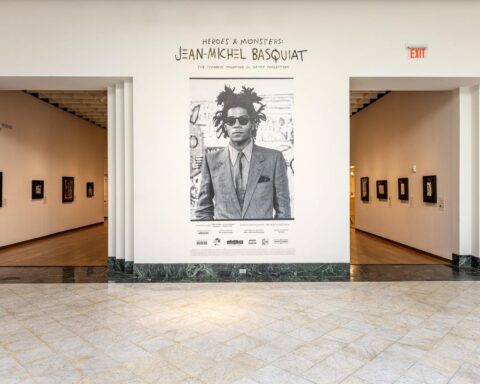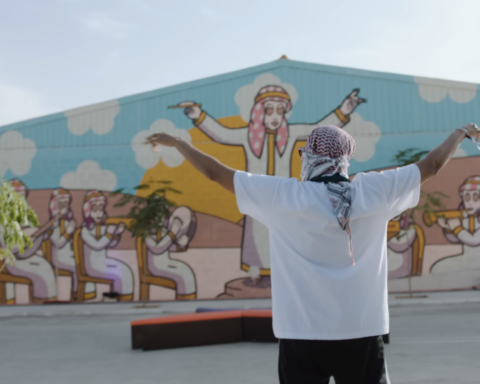Analog arts have a certain mood that they exude. Particularly with film, there is frequently an element that is lost with digital. This is especially true of images from earlier eras that are captured in photography. The images of Akimitsu Takagi are the most accurate representation of this occurrence in Japanese tattooing.
Takagi’s creations capture the spirit of a time and culture that not many people were exposed to. And while many people are aware of the difficulties tattoo artists in Japan confront, very few are aware of the precise extent to which erasure has contributed to that particular dispute. Suppression rather than preservation was always niggling at the core of Irezumi due of the pervasive misconception that has long associated tattooing with criminals. Takagi’s images would have been rotting away in a landfill if it weren’t for Pascal Bagot’s good fortune.

Pascal explains further saying, “I didn’t collect M.Takagi’s photographs but I found them during my research in Tokyo in 2017. Takagi is one of the most famous Japanese detective novel writers of the 20th century. When he died in 1995, he left behind a collection of about 250 stories.” Takagi had a keen interest in tattooing and the title of his first book, ‘The Tattoo Murder Case’ only hinted at the deep regard he felt for the craft.
“I already knew his name, it appeared in several publications of the Japan Tattoo Institute. But, on the occasion of the first French translation of her father’s first book, I wanted to know more about his relationship with tattooing and his daughter accepted a meeting in Tokyo. There, Miss Takagi confirmed the passion her father had for tattoos. Then, pointing to a pile of photo albums, she told me he also liked to take photos! That’s how I, astonished, discovered their existence.”
“Organizing his archives, his daughter told me that one year later, she would have thrown away all the photographs. ‘You’re lucky’, she said. Or maybe the spirit of Akimitsu guided me to them for the great pleasure of Japanese tattoo fans.”
Pascal Bagot, a French journalist living in Lyon, may have discovered these priceless cultural treasures by accident, but ever since, he has dedicated his life to spreading their knowledge. The pictures were most recently displayed at Galerie Écho in Paris.
“They are fantastic, and very rare, pieces of Japanese tattoo history come back to life! They show, from the inside, a time period in Japanese history, I estimate between 1955-1965, that we barely could see, because of a lack of images. Thanks to these, we are introduced to some of the best tattooers in Tokyo of the time, in a way we’ve never seen them before including the legendary Horiuno II, Horigorô II and his young brother Horigorô III, coming from a tattoo family that could be credited as the first in Japanese history to use the Western electric machine, as well as Horiyoshi II, Azabu, while he was still doing tebori…These photographs are even more precious; they are splendid.”

Pascal, however, feels that Takagi also merits respect in addition to the persons that were depicted in the images. “They reveal the photographer behind the writer and they prove Takagi as being one of the most important witnesses of Japanese tattoo history in the 20th century…His story fascinated me, he was an extraordinary man. He started writing after seeing a fortune-teller right after WWII in a time where there was no perspective at all. In three weeks, he wrote the first draft of his first book which would launch his career. Not bad for someone who never intended to write!”
“As a former engineer, educated with the elite of the nation, Takagi had an unusual point of view on tattooing. For him, tattooing was art. His passion actually comes from a very young age when, during his childhood, he happened to see in a public bath, for the first time, a tattooed woman. A vision which would stay with him forever.”

Takagi’s images are excellent resources for both cultural preservation and community education. For Pascal, the preservation of a portion of our shared past as fervent tattoo enthusiasts is directly related to these historical masterpieces. He says the following to preserve our culture’s past and present: Passion, history, hard work, and respect.

In an effort to do justice to this outlook, Pascal has opened a webstore to sell prints of Takagi’s works. “I hope the sales will help me in the preservation of these photos. I have spent a huge amount of time during the last four years trying to bring back together the story of these pictures.” Soon to follow will be a book containing never before seen Takagi photographs, something that Pascal, and tattoo nerds around the world, looks forward to with great anticipation.










